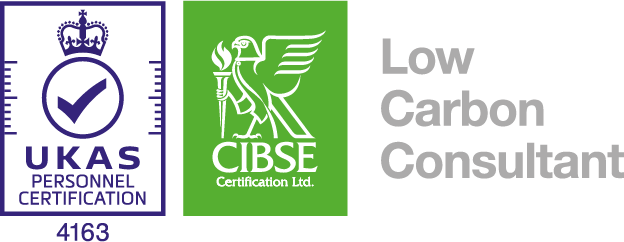Visit to Energy House 2.0
I was excited to be invited to visit the Energy House 2.0 facility at the University of Salford at the end of September. https://energyhouselabs.salford.ac.uk/ This is one of the largest building test facilities in the world, with 2 large open spaces, big enough to incorporate 4 full sized family homes for testing and monitoring purposes.
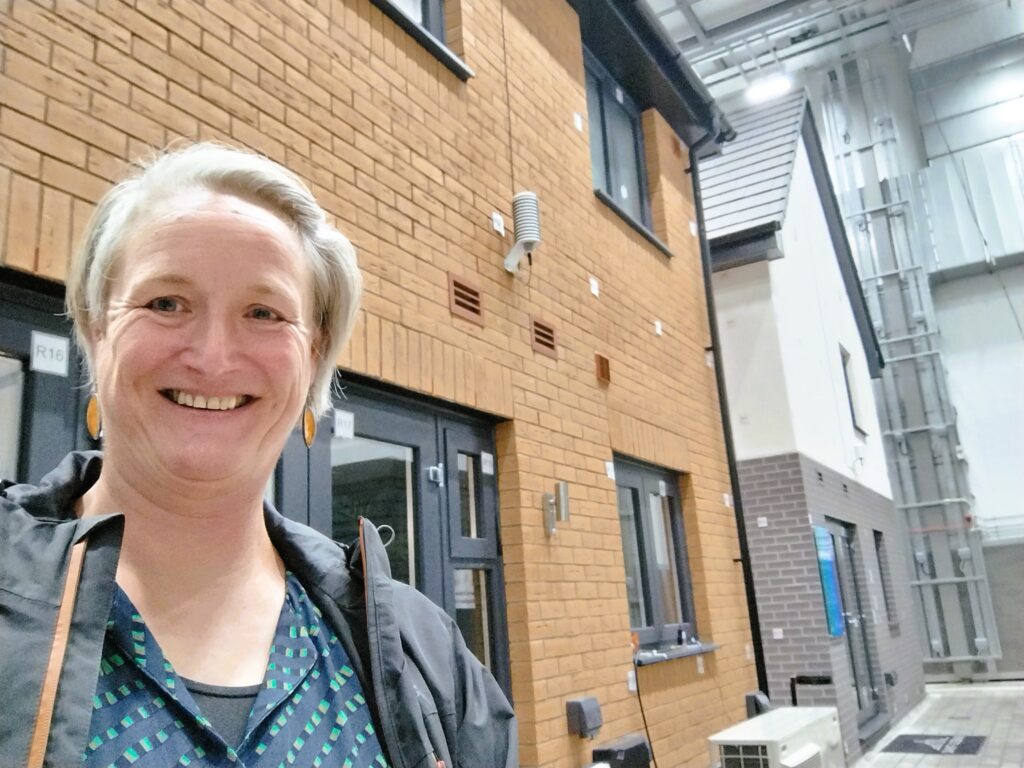
Ben Roberts from Loughborough University and I were invited by Richard Fitton and his team to discuss how the facility might be utilised to improve the way we predict overheating risk in homes. This builds on our ongoing collaborative research with Hilson Moran and Loughborough University, comparing model results with measured data. We won a CIBSE Carter Bronze medal for research for an early part of this work. We hope that this research will help refine the algorithms on which our dynamic modelling software tools rely and contribute to improved guidance for modellers carrying out overheating assessments.
The first thing to say about Energy House 2.0 is that it is huge; there are two full sized 3-bed houses built side by side, and plenty of room around them to test conservatories, portacabins etc. The facility can vary the ‘outside’ temperature from -10°C to +40°C, and generate wind and even snow! It can approximate solar gains using a rig set with heat lamps that can be moved back and forth and up and down. The heat lamps have a wavelength close to solar radiation so that it has a similar impact on/through glazed windows. The team hope to be able to automate these rigs to circle the buildings representing the changing solar angles through a day in the future.
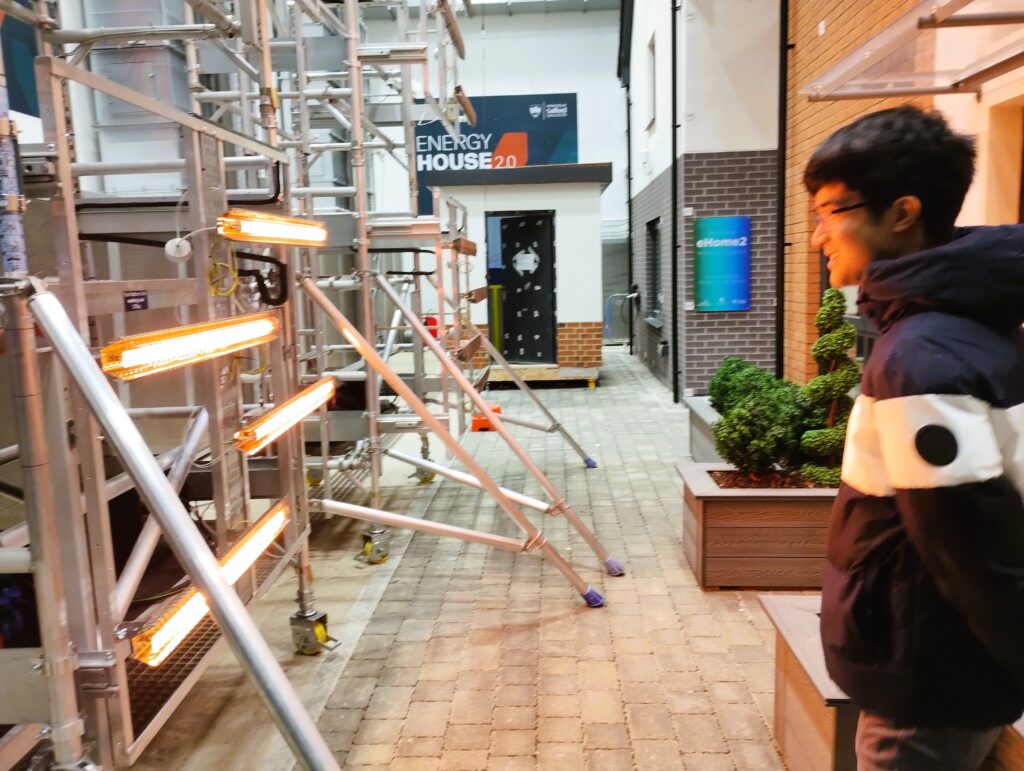
The two houses were built by Barratt and Bellway and are fully furnished and liveable (although it’s very odd to look out of the windows to the ‘not outdoors’).
Views out of the furnished houses
Each room in the houses is closely monitored, including temperature (air and operative), relative humidity, wall surface temperatures, etc, depending on the research being conducted.
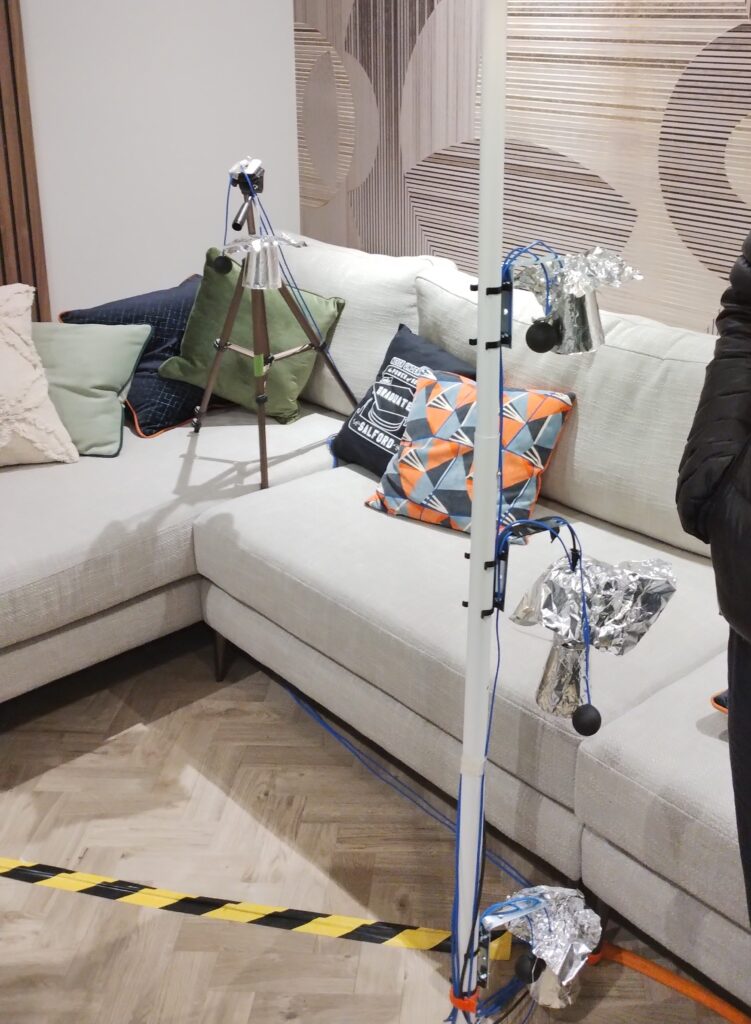
The facility has mostly been researching winter/heating season aspects such as the performance of different space heating systems including heat pumps and insulation effects from blinds and curtains.
They are keen to explore overheating risk and we are collaborating on putting together a list of aspects we would like to explore including the speed with which internal temperatures change when external temperatures rise or fall, the effect on internal temperatures of windows opening and closing, the effect of blinds/curtains combined with open windows and the impact of opening and closing internal doors. We will set up and simulate comparable dynamic thermal models and closely compare the modelled and measured effects of these tests. We will need to consider how to deal with the ‘solar’ flux, as the test house uses a moveable rig, whereas simulation models assume solar angles change with the time of day based on the location of the site. We will also need to be mindful of the error margins on the measurements made so as not to draw unfounded conclusions.
It’s a really interesting opportunity as it is very rare to be able to compare modelled and measured scenarios in such a controlled environment – usually weather or humans add a chaotic element which is hard to control for. We are very excited to see what can be achieved.
Our thanks to Richard, Grant and the rest of the team from Salford for inviting us, and taking the time to give us such a thorough and fascinating tour – we look forward to working with you.
 Posted by Susie Diamond
Posted by Susie Diamond- Posted in Overheating, Research, Susie Diamond
 Oct, 08, 2024
Oct, 08, 2024 Comments Off on Visit to Energy House 2.0
Comments Off on Visit to Energy House 2.0

 Susie: 07972 263 676
Susie: 07972 263 676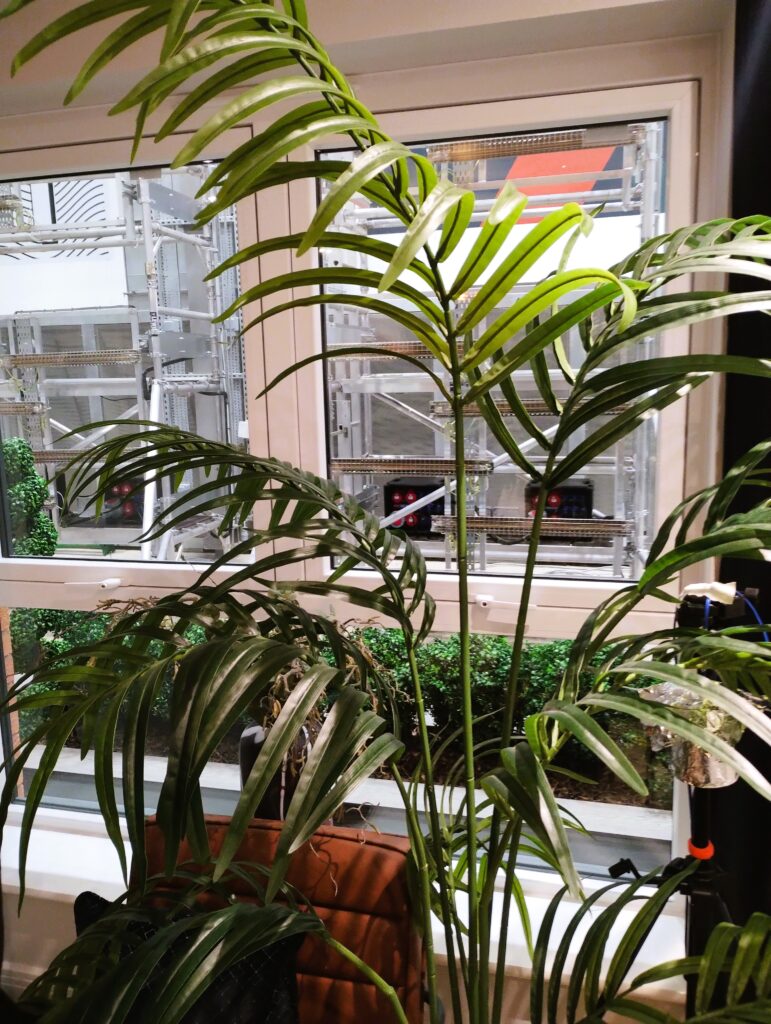
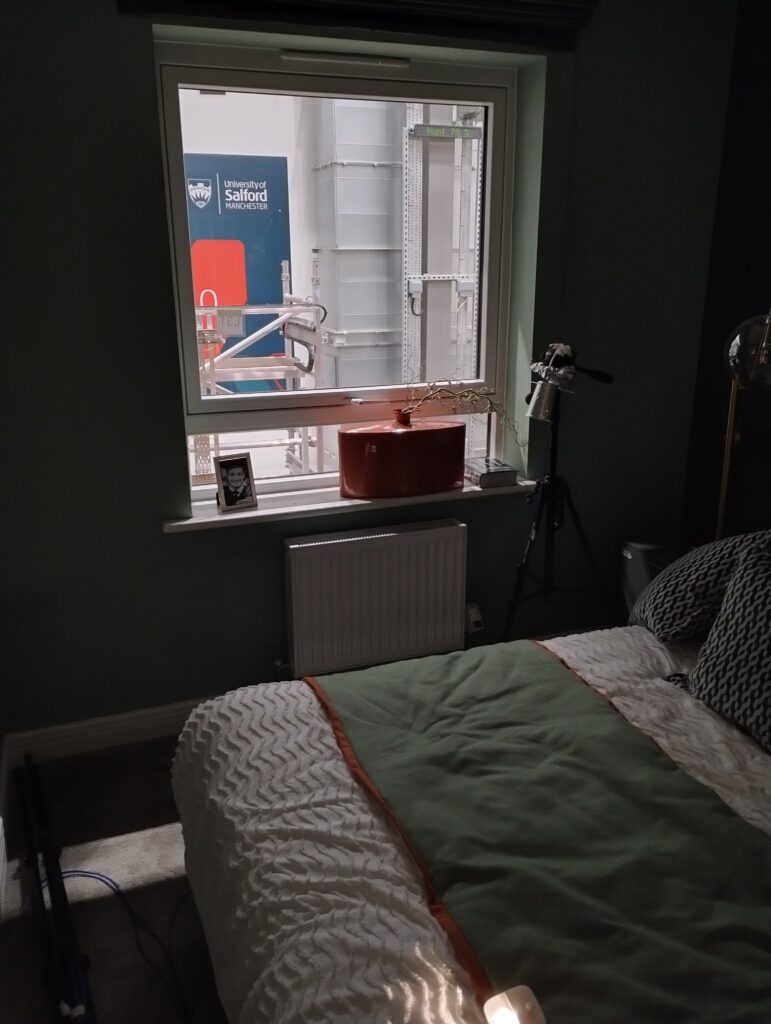
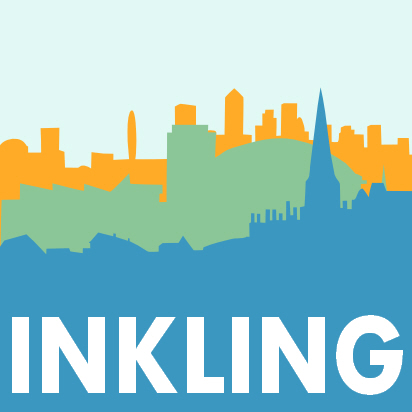
 Join Us On In.com
Join Us On In.com

